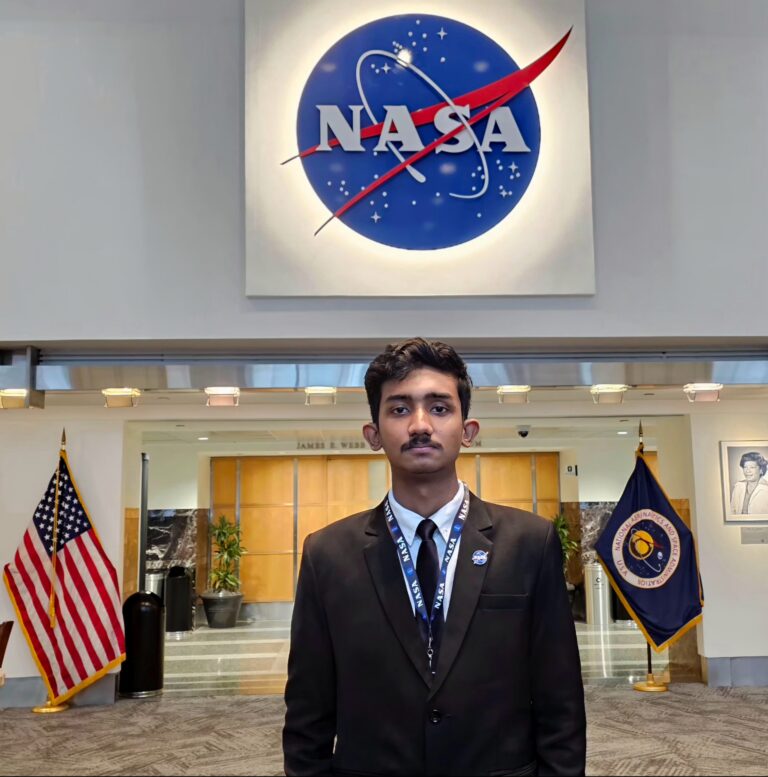This research presents a next-generation AI-powered rapid water testing system designed for real-time, high-precision water quality monitoring in both industrial and domestic settings. At its core is the ESP32-C6 microcontroller, integrated with a 1.47-inch TFT display for immediate, on-site data visualization. The device utilizes five complementary analytical techniques; capacitance measurement, resistance analysis, ultraviolet (UV) exposure, infrared (IR) absorption, and Raman spectroscopy to evaluate water quality within seconds. These multi-modal sensing approaches enable the system to detect a wide spectrum of contaminants. Capacitance and resistance measurements help identify inorganic ions, dissolved salts, and microbial presence. UV and IR absorption offer rapid insights into organic pollutants, while Raman spectroscopy provides detailed molecular fingerprinting. Collectively, these techniques allow the estimation of key indicators such as Biochemical Oxygen Demand (BOD), Chemical Oxygen Demand (COD), total coliforms, and fecal coliforms. The system can also identify heavy metals, synthetic dyes, microplastics, and pathogens like E. coli in real time. An embedded AI model, trained on a large and diverse dataset of water samples, interprets the data to detect complex contamination patterns with high reliability. This results in a portable, energy-efficient, and cost-effective solution capable of delivering immediate water quality assessments, empowering users to make proactive, informed decisions regarding water safety. However, the system does have certain limitations. It cannot measure all possible water quality parameters such as specific pesticide residues with high accuracy due to the constraints of sensor selectivity and hardware resolution. Moreover, while the device performs well in a broad range of scenarios, it may require calibration or additional modules to ensure accuracy across highly specialized or extreme conditions.
This is how I came up with the idea for this project:Inspired by inefficiencies in traditional lab-based water testing during my work with NGOs, I developed a real-time water quality monitoring system. Combining AI, nanotech, and C.V. Raman’s principles, I created an innovative solution that merges classical science with modern technology for rapid, on-site water analysis.

